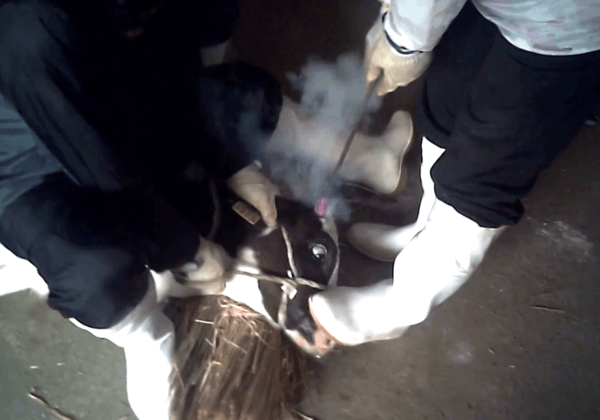Save $$! Grow Your Own Veggies!
 Eating fresh and delicious fruit and vegetables doesn’t have to be expensive. With a little time and patience, we can grow our favorite veggies at home cheaply and simply—while ensuring that our fresh produce is organic. Setting up your own food garden is much easier than you might think, and it will probably take you less time to maintain it than it takes to do your normal grocery shopping!
Eating fresh and delicious fruit and vegetables doesn’t have to be expensive. With a little time and patience, we can grow our favorite veggies at home cheaply and simply—while ensuring that our fresh produce is organic. Setting up your own food garden is much easier than you might think, and it will probably take you less time to maintain it than it takes to do your normal grocery shopping!
The first step is to find a suitable area to start your garden. Try to choose a spot that will get sunlight all year round, if possible, and don’t plant in areas where roof or road runoff is likely to accumulate (as this water may contain chemical contaminants such as waterproofing chemicals and heavy metals). If you aren’t sure where to begin, check out TheVegetablePatch.com for further guidance in getting started with your vegetable garden.
Before planting can begin, the soil will need to be enriched. Spread compost over the garden area and use a shovel or a pick to mix it with the first couple of inches of soil. (This process is known as “tilling the soil.”) Once you are done, the garden is ready to be planted.
When choosing which foods to plant in your garden, there are a number of things to consider, including the cost of each item at your grocery store (you may be better off planting more expensive items than ones that are very cheap to buy), how much you are likely to be able to eat of each plant, how long it will last (some perishable foods, such as berries, can be dried, canned, or frozen and stored while others, such as like leafy greens, need to be consumed much more quickly), and whether the plant is perennial (plant it once and it will grow forever) or annual (it will need to be replanted).
For tending your veggies, it is a great idea to start a compost heap and regularly apply small amounts around the garden. To start a compost heap, combine organic waste with some soil and leaves, keep the pile moist, and turn it occasionally. Aim to keep the soil in your garden slightly moist to the touch but don’t let it become dried out or soggy. You can find lots more tips for tending your garden at Grow-Your-Own-Vegetable-Garden.com.
Different plants are suited to different climates, so find out what will grow well in your area and what times of the year are best for planting and harvesting. Your garden could be supplying the ingredients for delicious vegan recipes before you know it. With a small commitment, even the least green-fingered among us can pledge to help the environment, animals, and our bank balance all at the same time by going vegan!
Posted by Claire Fryer








